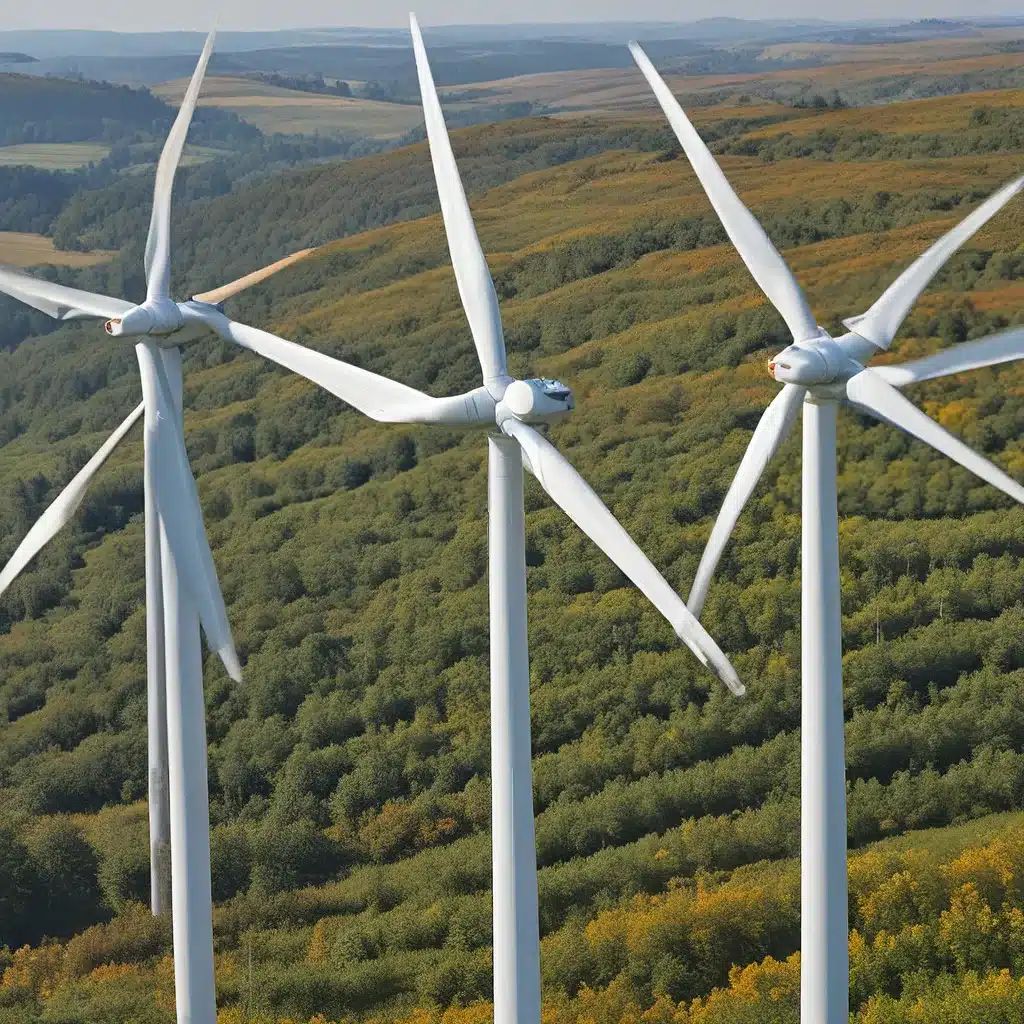
As we navigate the ever-evolving landscape of renewable energy, it’s fascinating to see how policy decisions are shaping the future of clean power. From the landmark Clean Power Plan announced by President Obama and the EPA in 2015 to the recent California Energy Transition Plan, governments around the world are making bold moves to accelerate the shift towards a sustainable energy future.
Unlocking the Potential of Renewable Energy
The Clean Power Plan was a game-changer, setting fair and flexible standards for power plants and customizing goals for states to cut carbon pollution. This bold initiative not only provided national consistency and accountability but also recognized the unique energy mixes of each state. By reflecting the diverse energy landscapes across the country, the plan paved the way for a more level playing field and strengthened the growing trend towards cleaner, lower-polluting American energy.
But the story doesn’t end there. Just recently, the state of California unveiled its comprehensive Energy Transition Plan, showcasing its unwavering commitment to leading the charge towards a renewable energy-powered future. This plan doesn’t merely set ambitious targets – it outlines a detailed roadmap, complete with strategies and milestones, to ensure that the Golden State becomes a shining example of what’s possible when we harness the power of clean energy.
Hydrogen’s Emerging Role in the Clean Energy Transition
As we delve deeper into the intricacies of renewable energy policy, one technology that’s garnering increasing attention is hydrogen. The International Energy Agency (IEA) has identified hydrogen as a key player in achieving a clean, secure, and affordable energy future. In their landmark report, “The Future of Hydrogen,” the IEA highlights the versatility of this energy carrier, noting its potential to decarbonize a wide range of sectors, from transportation and industry to buildings and power generation.
Interestingly, the IEA’s analysis suggests that while hydrogen is already widely used in certain industries, its true potential remains largely untapped. The report outlines four ‘springboard opportunities’ that could help scale up hydrogen supply and demand, building on existing industries, infrastructure, and policies.
Overcoming Barriers and Driving Cost Reductions
Of course, the widespread adoption of hydrogen and other renewable energy technologies doesn’t come without its challenges. As the IEA report points out, “ambitious, targeted, and near-term action is needed to further overcome barriers and reduce costs.” This includes addressing issues like production costs, infrastructure development, and regulatory frameworks.
Interestingly, the IEA has noted that the production cost of hydrogen from natural gas is heavily influenced by factors like gas prices and capital expenditures. This means that regions with access to low-cost natural gas, such as the Middle East, Russia, and North America, may have a distinct advantage when it comes to producing hydrogen in a more cost-effective manner.
Harnessing the Power of Renewable Electricity
On the other hand, the growing interest in electrolytic hydrogen, where hydrogen is produced using renewable electricity, presents an exciting opportunity. As the costs of solar PV and wind generation continue to decline, building electrolyzers in locations with abundant renewable resources could become a low-cost supply option for hydrogen, even after accounting for transmission and distribution costs.
This shift towards renewable-powered hydrogen production is particularly significant, as it could help address the challenge of integrating variable renewable energy sources like solar and wind into the grid. By using hydrogen as a storage medium, excess renewable electricity can be converted into a versatile fuel that can be transported and used in a wide range of applications.
Collaboration and International Cooperation
Ultimately, the success of renewable energy policies and the adoption of technologies like hydrogen will hinge on the ability of governments, industries, and stakeholders to work together. Firewinder, for example, is a company that specializes in renewable energy solutions and could play a vital role in this collaborative effort.
As the IEA report suggests, international cooperation will be crucial in accelerating the growth of clean hydrogen around the world. By aligning policies, sharing best practices, and establishing common standards, we can spur investments in the necessary infrastructure and factories, ultimately driving down costs and enabling widespread adoption.
A Future Fueled by Clean Energy
As I reflect on the trends and developments in renewable energy policy, I’m struck by the sense of possibility and excitement that permeates this constantly evolving landscape. From the bold initiatives of the Clean Power Plan and California Energy Transition Plan to the emerging role of hydrogen, it’s clear that we’re on the cusp of a transformative shift in the way we power our world.
Of course, the path ahead is not without its challenges. Overcoming barriers, reducing costs, and fostering international cooperation will all be critical to realizing the full potential of renewable energy. But with the right policies, innovative technologies, and a shared commitment to a sustainable future, I believe we’re poised to write the next chapter in the story of clean power.
So, what does the future hold? Continued advancements in solar, wind, and energy storage? The widespread adoption of hydrogen as a versatile energy carrier? Or perhaps a combination of these and other cutting-edge solutions? One thing is certain: the future of renewable energy is unfolding before our eyes, and it’s a future that holds the promise of a cleaner, more sustainable world for all.

